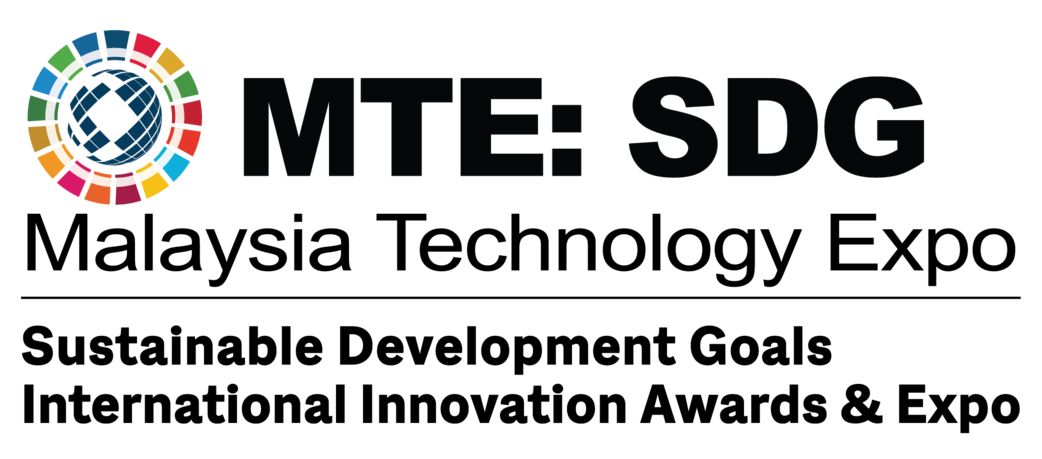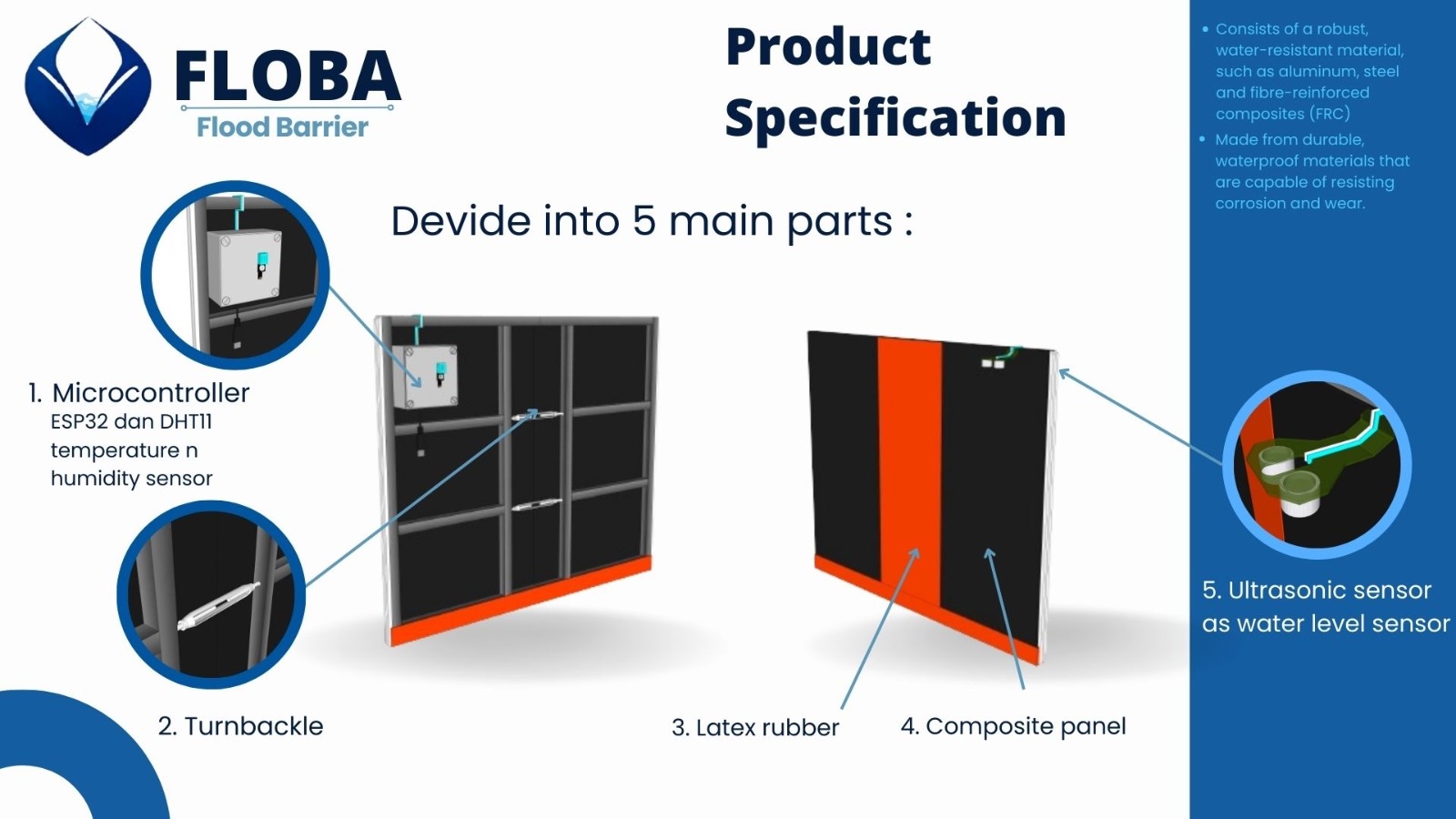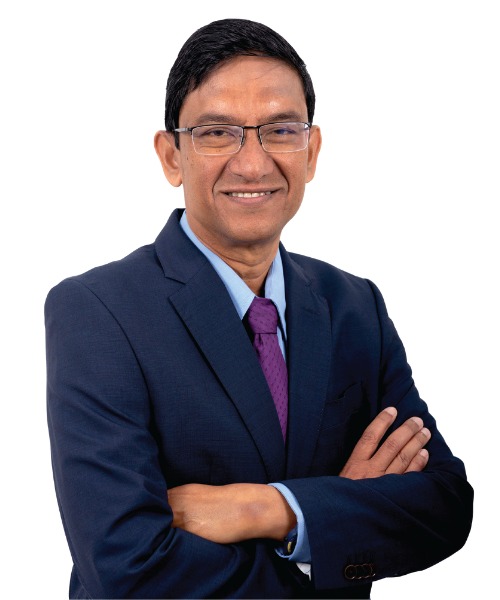FLOBA (Flood Barrier)
1. Can you briefly describe your innovation and the key problem it addresses?
FLOBA or Flood Barrier, is a groundbreaking innovation designed to tackle critical issues in flood management by combining innovative architectural design, IoT solutions, and advanced hybrid composite materials. Traditional flood barriers are often cumbersome, difficult to install, and prone to damage after limited use, making them inefficient during flood emergencies. FLOBA addresses these shortcomings with an innovative approach that includes real-time monitoring using IoT microcontrollers and sensors to track water levels and environmental data. The use of hybrid composite materials, combining synthetic E-glass and natural jute, ensures a lightweight yet durable structure that is also environmentally friendly. Its modular design simplifies installation, making it accessible for both urban and rural communities, and ensures floodwaters are effectively blocked from entering critical areas, thereby protecting lives, property, and infrastructure.
2. What role do you think your innovation will play in achieving the SDGs over time?
FLOBA plays a critical role in achieving Sustainable Development Goal 13: Climate Action, as it directly addresses one of the most urgent consequences of climate change—flooding. The innovation strengthens disaster preparedness and resilience by providing early detection and proactive flood prevention through IoT-enabled real-time monitoring. Additionally, by using sustainable materials like jute, FLOBA promotes the use of renewable resources, contributing to environmental conservation efforts. The reduced dependency on non-renewable materials like metals and plastics also aligns with the principles of sustainable consumption and production. Over time, FLOBA’s wide adoption has the potential to mitigate the impact of climate change, reduce property damage, and protect vulnerable communities from extreme weather events, ultimately contributing to more sustainable and resilient infrastructure development.
3. How did you balance innovation with sustainability throughout the project’s development?
Throughout its development, FLOBA has successfully balanced technological innovation with environmental sustainability. The use of hybrid composite materials highlights this balance, as the combination of E-glass for structural strength and natural jute for sustainability significantly reduces the ecological footprint of the product. Moreover, the integration of IoT solutions for real-time monitoring ensures that resources are optimally utilized, reducing the need for excessive manual interventions and waste. The project’s fabrication methods emphasize low-energy processes such as cutting, welding, and assembling, avoiding extensive industrial machinery and energy-intensive production. This thoughtful approach to design and development ensures that FLOBA not only solves critical flood management issues but also contributes to the global effort toward sustainable solutions.
4. How have users or communities responded to your innovation so far?
We have extensively dealing and getting feedback from communities, governments agencies, local authorities, academicians and industrial player to ensure the invented FLOBA able to help flood victims during disasters. We have dealing with Community Society, BOMBA, JPN, Jabatan Alam Sekitar Negeri Kelantan, PPD & MDPM, both of them give positive feedback towards FLOBA. FLOBA potentially able to minimize the damage and loss of property since it’s preventing the entrance of flood water into the house. The response from them Its user-centric design, which allows for easy installation and adaptability, has been particularly well-received, especially in flood-prone areas where traditional barriers are impractical or ineffective. The lightweight structure and modular components simplify deployment, even for users with no prior technical expertise. Additionally, the durability of the hybrid composite materials ensures that FLOBA can withstand harsh weather conditions and repeated use without requiring frequent repairs or replacements. Communities have also appreciated the real-time monitoring feature, which provides early flood warnings and helps them prepare in advance, thus minimizing the impact of flooding on lives and property. Early pilot implementations have demonstrated its superior performance compared to conventional solutions, further strengthening user confidence in the product.
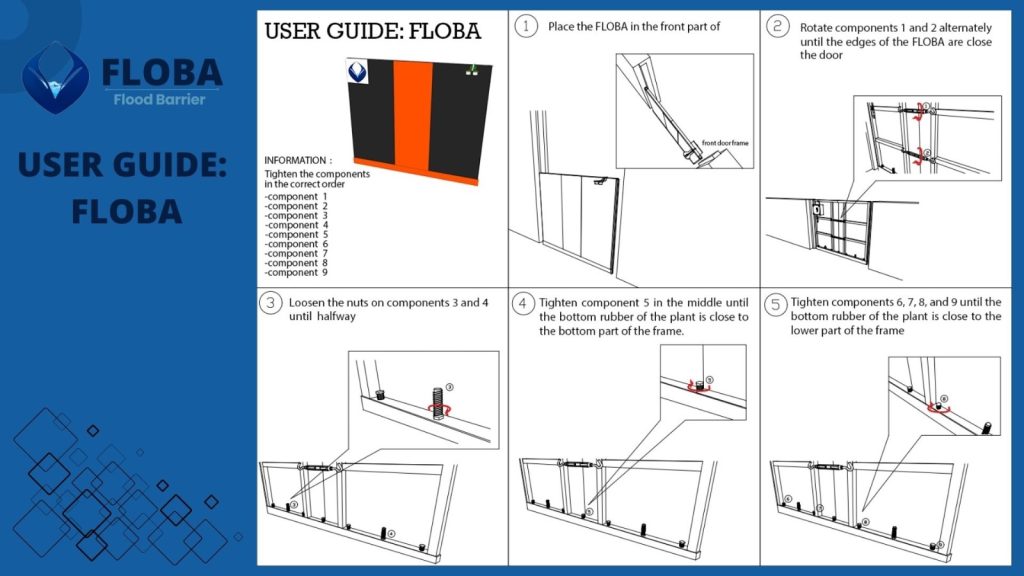
5. What’s the next step for your innovation after winning this award?
Following its recognition with an award, FLOBA’s next steps involve scaling production to meet increasing demand and conducting pilot projects in high-risk flood zones around the world. We have identified strategic partners and mutually collaborate with commercialization plans to ensure that FLOBA is potentially being commercialized at a reasonable price and is always environmentally friendly in accordance with the SDGs. Refining the IoT features is also a priority, with plans to incorporate AI and machine learning for predictive flood modeling and smarter monitoring systems. Additionally, efforts will be made to optimize production costs through mass manufacturing, ensuring that FLOBA remains affordable for underserved communities. Certification for international safety and environmental compliance will also be pursued to facilitate its adoption in global markets, making FLOBA a scalable and accessible solution for flood management worldwide.
6. How do you envision your innovation scaling globally or reaching underserved communities?
FLOBA has immense potential to address flood management challenges on a global scale, especially in underserved communities that are disproportionately affected by climate change. To achieve this, the team envisions partnerships with humanitarian organizations, governments, and NGOs to subsidize FLOBA for low-income regions prone to frequent flooding. Customization will play a key role in scaling globally, as FLOBA’s design can be adapted to suit specific geographic or cultural needs, such as varying barrier sizes or localized IoT interfaces. Knowledge-sharing initiatives, such as training programs and workshops, will empower local communities with the technical expertise to deploy and maintain FLOBA effectively. By addressing affordability, accessibility, and adaptability, FLOBA can become a transformative solution in flood management across the globe.
7. What were the biggest gaps in support you identified during your journey as an innovator?
During its development, FLOBA’s team identified several critical gaps in support, particularly during the prototyping and testing phases. One major challenge was the lack of funding for early-stage sustainable innovations, which made it difficult to scale production and test advanced material combinations. Access to high-tech testing facilities for hybrid composites, such as labs equipped to measure flexural strength and water permeability, was another significant hurdle. Additionally, limited awareness among stakeholders in rural areas about IoT-based flood solutions made initial outreach efforts challenging. These gaps highlight the need for stronger collaboration between academia, industry, and policymakers to provide financial and infrastructural support for sustainable innovations.
8. How important is it for innovations like yours to receive recognition from platforms like MTE?
Recognition is very important for the innovation project to show the benefits and value of the developed ideas, prototypes or products in serving communities and industries. It brings visibility and credibility to the project. The recognition from MTE means that our project has been successfully evaluated directly by panels who are experts and have extensive experience in certain fields, especially concerning SDG elements. Projects that have been successfully recognized such as winning gold awards can attract academician and industry players for further collaboration, especially in the field of R&D. Furthermore, it will foster product commercialization and serve outsiders with the invention of products’ benefits. It’s offers distinguished benefits and features to help flood victims in minimizing the risk and damage of property caused by flood disasters.
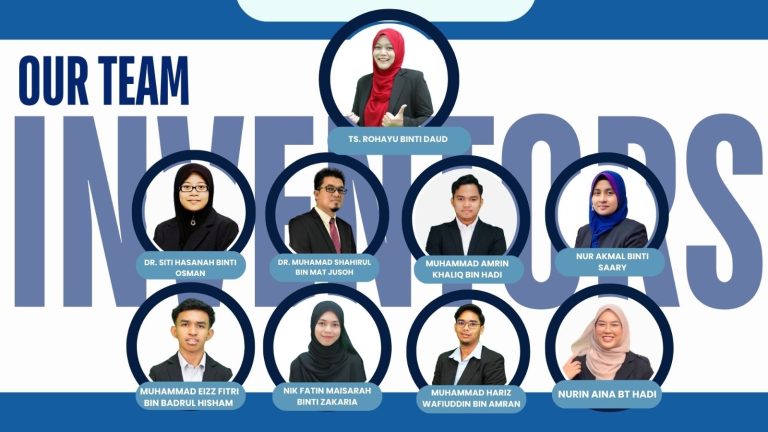
9. How do you manage staying ahead of future challenges in your field of innovation?
To stay ahead, continuous R&D is prioritized to enhance the product’s durability, efficiency, and affordability. Regular feedback from stakeholders, such as flood victims and industry experts, is used to refine and improve FLOBA. Leveraging emerging technologies, like AI for predictive flood analysis, and exploring new sustainable materials ensures the innovation remains relevant and effective against evolving challenges. Monitoring global trends in climate patterns and urban development helps the team anticipate emerging challenges and adapt the product accordingly. Collaborations with experts in artificial intelligence, environmental sciences, and disaster management ensure that FLOBA remains relevant and effective in addressing future needs. By staying at the forefront of innovation and maintaining a user-centric focus, FLOBA is well-positioned to tackle evolving challenges in flood management.
10. What advice would you give to aspiring innovators working towards achieving the SDGs?
As an innovator, we must always comply with the SDGs to ensure that our ideas able to cater the whole segments of the worldwide concerns. Instead of innovate and produce high value-added products such as FLOBA, we must also consider the cause and effect of the FLOBA to the environment, ease of maintenance, recyclability and biodegradable issues and allign with green material development.
Innovators:
Leader:
Ts. Rohayu Binti Daud
Team Members:
-Dr. Siti Hasanah Binti Osman
-Dr. Muhamad Shahirul Bin Mat Jusoh
-Muhammad Amrin Khaliq Bin Hadi
-Nurin Aina Binti Hadi
-Nur Akmal Binti Saary
-Muhammad Hariz Wafiuddin Bin Amran
-Muhammad Eizz Fitri Bin Badrul Hisham
Organisation Name: Kolej Kemahiran Tinggi MARA Pasir Mas
Email: rohayu.daud@mara.gov.my (Leader)
